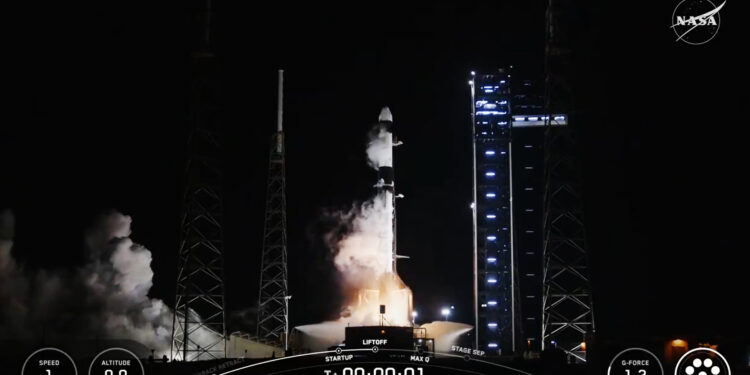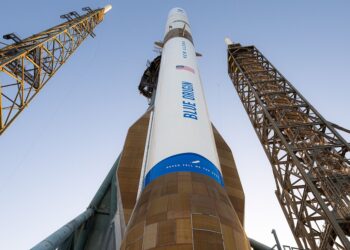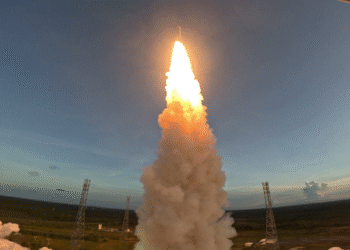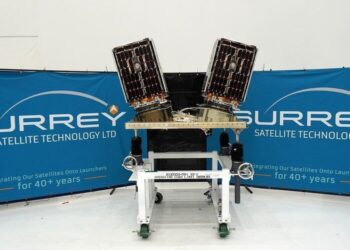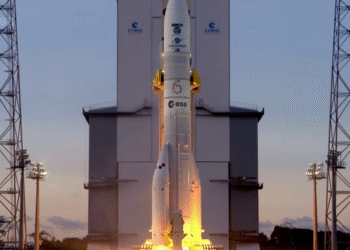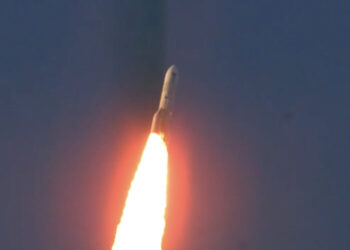SpaceX’s CRS-33 cargo mission is en route to the International Space Station after a 2:45 a.m. EDT liftoff from Space Launch Complex 40 at Cape Canaveral Space Force Station. The Dragon spacecraft is carrying more than 5,000 pounds of scientific investigations and station logistics on the company’s 33rd Commercial Resupply Services flight for NASA. Additional details are available via NASA’s update on the mission status page.
Rendezvous and Docking
Approximately 10 minutes after launch, Dragon separated from Falcon 9’s second stage and opened its nosecone to initiate a series of orbit-raising maneuvers. Arrival at the ISS is targeted for 7:30 a.m. EDT on Monday, Aug. 25, with an autonomous docking planned to the forward port of the station’s Harmony module.
What the Mission Delivers
The manifest includes scientific investigations and cargo to support on-orbit research, technology demonstrations, and routine crew supplies. The delivery sustains continuous utilization of the station’s laboratory facilities and supports day-to-day operations for the current expedition.
How to Follow
NASA plans live coverage of rendezvous and docking beginning at 6 a.m. EDT on NASA+ and other official channels. Mission timing is subject to change based on orbital dynamics and real-time station operations.
Key Milestones
- 2:45 a.m. EDT (Aug. 24): Falcon 9 liftoff with Dragon from SLC-40, Cape Canaveral Space Force Station.
- ~10 minutes post-launch: Dragon separation and nosecone opening.
- 6:00 a.m. EDT (Aug. 25): Live coverage of rendezvous begins (NASA).
- 7:30 a.m. EDT (Aug. 25): Planned autonomous docking to Harmony’s forward port.
What’s Next On Orbit
Following standard post-docking checks and hatch opening, the crew will begin transferring time-sensitive research and station hardware. After completing cargo operations, Dragon will later depart for a parachute-assisted splashdown and recovery, returning select scientific samples and equipment to Earth.
The CRS-33 mission underscores the role of commercial resupply flights in sustaining ISS research throughput and logistics, enabling continuous scientific return from low Earth orbit.


